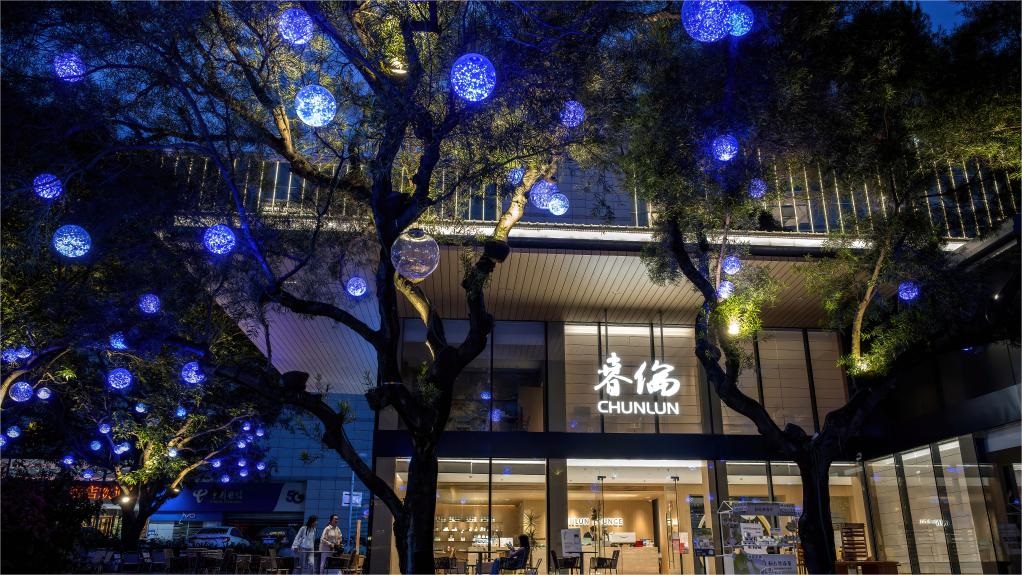Villagers by Yellow River embrace new life
YINCHUAN, April 18 (Xinhua) -- Li Jinwu, from Nanchangtan Village in Zhongwei City, northwest China's Ningxia Hui Autonomous Region, has witnessed the enormous changes in his hometown during his nearly three-decade career as a ferryman on the Yellow River.
Nestled in the crescent-shaped riverbank area, Nanchangtan boasts a history spanning more than 1,000 years. It holds the distinction of being the first village through which the Yellow River, China's second-longest river, flows upon entering Ningxia.
Once owing to geographic barriers, transportation was very challenging, leading its villagers to live in relative isolation. Even today, reaching Nanchangtan requires ferrying across the Yellow River.
Li has made a living by rafting for 28 years. Over the nearly three decades, his ferryboats have upgraded from a sheepskin raft to the first ferry in 1996 and the second one in 2012. His latest ferry, measuring 20 meters long and five meters wide, is capable to accommodate six vehicles along with passengers.
"In the past, a small boat sufficed for ferrying villagers, but with the recent surge in tourists and vehicles, ferry upgrades became essential," Li said.
During the village's annual pear blossom festival in April, tens of thousands of tourists flock to admire the century-old pear trees, significantly boosting Li's ferrying income. The village is home to over 160 pear trees that exceed 300 years.
Nanchangtan Village's rich Yellow River culture, agricultural legacy, and archaeological discoveries from the Yuan and Ming dynasties (1271-1644) earned it designation as a historic and cultural village as early as 2008.
Ta Shouqing, the village Party chief, highlighted the local success in leveraging its rustic charm. The village has been hosting pear blossom and harvest festivals since 2004, attracting visitors and bolstering local incomes as well as bringing opportunities for the ancient village, he said.
Li Gang, 53, said his ancestors earned a living by farming and sheep herding in the village. Jumping on the bandwagon of rural tourism, Li and his wife run a homestay that can accommodate 30 guests for lodging and 50 for dining.
"We never expected so many visitors venture to our village. From the April pear blossom festival to the October harvest festival, our homestay is booked nearly every weekend," Li Gang added.
Thanks to the booming tourism industry, the per capita disposable income of the whole village reached 14,200 yuan (about 2,000 U.S. dollars) in 2023.
"We explored the pear orchards and enjoyed the beauty of the Yellow River by day; at night, we gazed at the starlit sky here," said Liu Ruixue, a tourist from northern Inner Mongolia.
"The primitive and simple rural life in the village brings a long-lost sense of intimacy with nature," she added.
Photos
Related Stories
Copyright © 2024 People's Daily Online. All Rights Reserved.









